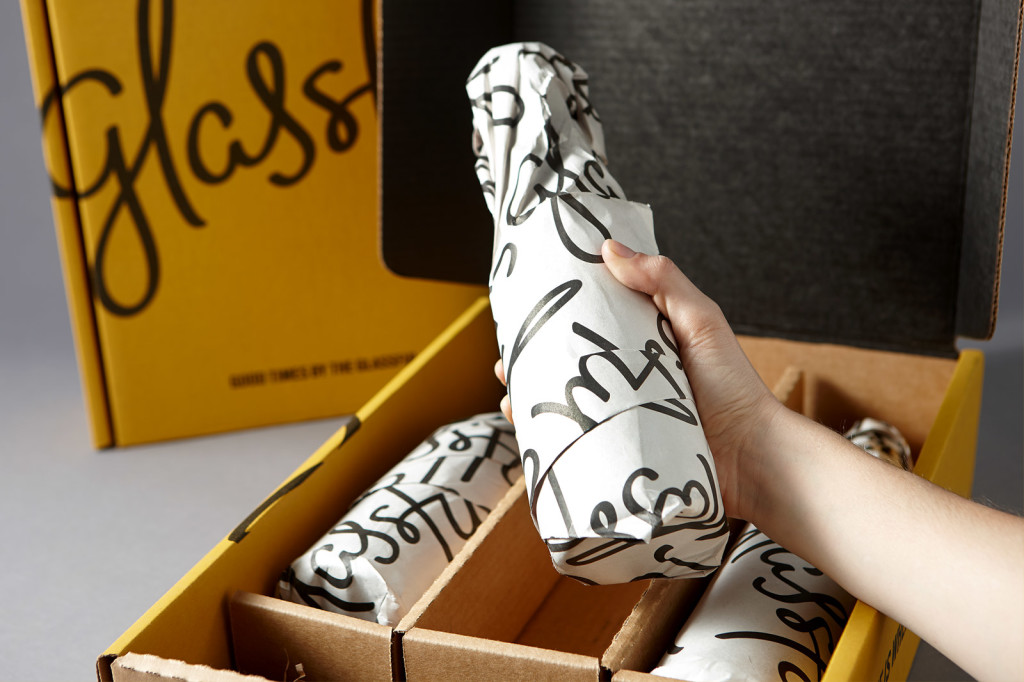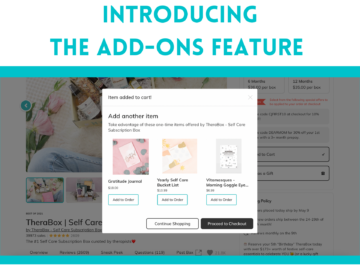Wine clubs and subscriptions are not new phenomena. One of the first clubs to deliver by mail was founded in 1972 by Paul Kalemkiarian, a liquor store owner in California whose customers loved his monthly wine picks. Another early wine club, the Sunday Times Wine Club was a pioneer in the UK founded by Tony Laithwaite in 1973, who now also runs several of the big magazine wine clubs. Then, in the mid-1990s, wineries started to build their own wine clubs as a way to sell directly to customers.
With the enormous popularity of subscription commerce right now, popularized by companies like Dollar Shave Club, Birchbox, and BarkBox, more consumers are getting familiar with the idea of monthly product subscriptions. The market for subscription boxes specifically is growing quickly, and wine sellers have a great opportunity to reach new customers who may not be familiar with more traditional wine clubs.
Who Should Start a Box
If you’re considering launching a wine subscription, it’s important to learn all the rules around alcohol licensing and shipping. Because of these requirements, businesses that already sell and ship wine will have an easier time entering the market. Individuals and businesses without wine shipping experience may want to consider a partnership with an existing winery or distributor.
Wineries are a natural fit for wine subscription boxes. There’s no additional markup on the wine and there’s the staff to answer customer questions, as well as an existing client base to market to. Specialty wine shops or distributors are also well-positioned if they can offer a unique product.
It’s possible for other types of businesses to launch a successful wine subscription box, but other advantages would be helpful, such as a large preexisting customer base or audience. Regional tourism offices, wine authors and experts, well-known restaurants, and media brands that focus on food and wine are all types of businesses that have potential.
How to Stand Out
Traditionally, wine clubs mail out a few select bottles of wine in a plain cardboard box. Among the new entrants, a few are taking unique approaches.

VINEBOX does wine by the glass (or vial). Winc and Glassful helps customers to build a taste profile, and then ships wine specifically for their palate. Blue Apron provides affordable wine, tasting notes and food pairing suggestions. Wine Down Box delivers meat and cheese pairings in addition to the wine.
If you’re going to launch a subscription box, try something different than everyone else:
- Include tasting sheets that explain what the wine is and why it’s so unbelievably good.
- Including food pairings: hard cheeses, cured meats, dried olives, and nuts all ship well and are a nice compliment to wine.
- Offer alternates to the standard wine bottle: flasks, small bottles, boxes, and cans.
- Turn it into a challenge: remove the wine labels and have subscribers guess varietals, vintages, and cost.
- Appeal to a specific market niche: organic wine, spiced wine, ports, or champagne.
- Design interesting boxes and packaging.
- Try monthly or seasonal themes.
When to Launch
Before designing custom boxes, figuring out shipping, or purchasing inventory – it’s good to validate your idea first. Set up a website or landing page to start collecting potential customer emails. See if your Facebook fans and Twitter followers are interested in the idea. Get feedback from friends and family.
Most wine clubs see their sales spike in December, around the holidays. If it’s convenient, try to have your subscription box up and running by the end of October in order to take advantage of this interest.
How to Launch
There are a number of platforms for selling products by subscription. If you have an existing website and sales channel, check to see if subscription sales are possible.
If you run a WordPress site with WooCommerce, try the Subscriptions add-on.
Squarespace offers some subscription options. And Shopify does, but as a paid add-on.
Pro tip: Check out Cratejoy’s new integration for Shopify merchants and sign up for the private beta!
At Cratejoy, we have a platform built specifically for selling subscription boxes – including help with mailing labels, customer management, ship dates, analytics, and taxes. If you’re launching a new wine subscription box, see if it would be a good option for you.
Cratejoy is an all in one subscription commerce platform that includes everything you need to start your own subscription commerce business online. Try it free for 14 days.
Other Tips
- Read the UPS and FedEx requirements for shipping wine. (The US Postal Service will not permit alcoholic beverages to be sent through the mail.)
- Learn about effective subscription box packaging.
- Learn how to price your subscription box effectively and calculate monthly profit using our pricing calculator.
Conclusions
Launching a wine subscription box is more complicated than other types of boxes, due to alcohol licensing and competition – but it’s also a big market and a proven business model. If you’ve run across other unique and interesting boxes, please share them in the comments. We’d also love to know if you decide to launch your own!




